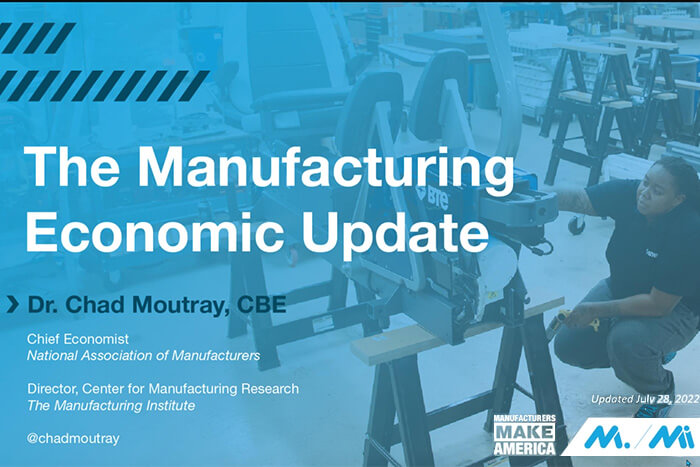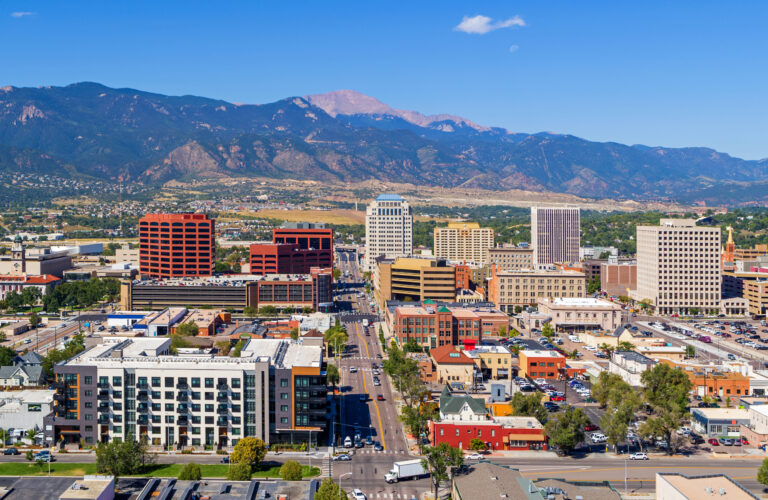In a July 28 webinar hosted by the National Association of Manufacturers, Washington, D.C., Chad Moutray, the chief economist at NAM and the director of the Center for Manufacturing Research at the Manufacturing Institute, described that despite negative impacts like rising raw material costs and supply chain bottlenecks, the manufacturing sector still saw aspects of economic growth and sustainability in Q2 of 2022. As shown in NAM’s Q2 Manufacturers’ Outlook Survey, about 83% of member companies were positive about their company’s outlook in June.
“The manufacturing sector, despite a whole host of challenges, has remained relatively resilient in spite of it all,” Moutray says. “… You still see those signs of positivity in the economy.”
When comparing this past quarter’s data to the first quarter, Moutray notes that it should be known that the first quarter numbers were “the best in a number of years.” So, while sales, production, capital spending and full employment numbers did pull back in the second quarter, “they are all still growing at pretty decent rates.”
Rising raw material costs continues to be the No. 1 issue plaguing manufacturers in the second quarter, which has been either the first or second stressor for the last six quarters. That, combined with the other top-three issues — supply chain complications, attracting and retaining a quality workforce, and transportation and logistics costs — form an intertwined relationship that’s resulting in a multitude of far-reaching difficulties.
In the Q2 survey, 45% of NAM’s manufacturing sector members reported that they have had to turn away work because they don’t have enough talent to be able to take on new opportunities.
“I think that speaks volumes about how that’s really a huge opportunity cost and economic cost for so many of our members,” Moutray says.
As reported in the most recent Institute for Supply Management’s Purchasing Managers’ Index, robust demand and production that kicked off last year started showing an easing of overall growth rates, greatly attributed to Russia’s invasion of Ukraine and the recent, larger global shutdown. New order rates dropped, as did overall manufacturing production. However, capacity utilization saw a notable increase.
“Despite the declines we’ve seen in manufacturing production in the last two months, we’re still about 2% to 3% above where we were before the pandemic began,” Moutray says. “Overall, you still could make that case that there’s quite a bit of resilience out there. … We are still doing quite fine.”
Read more about the National Association of Manufacturers.





